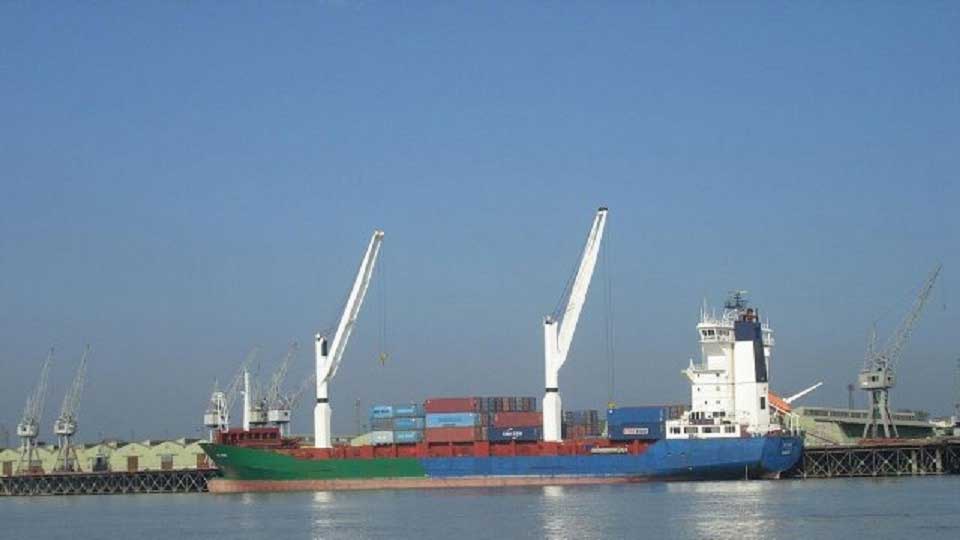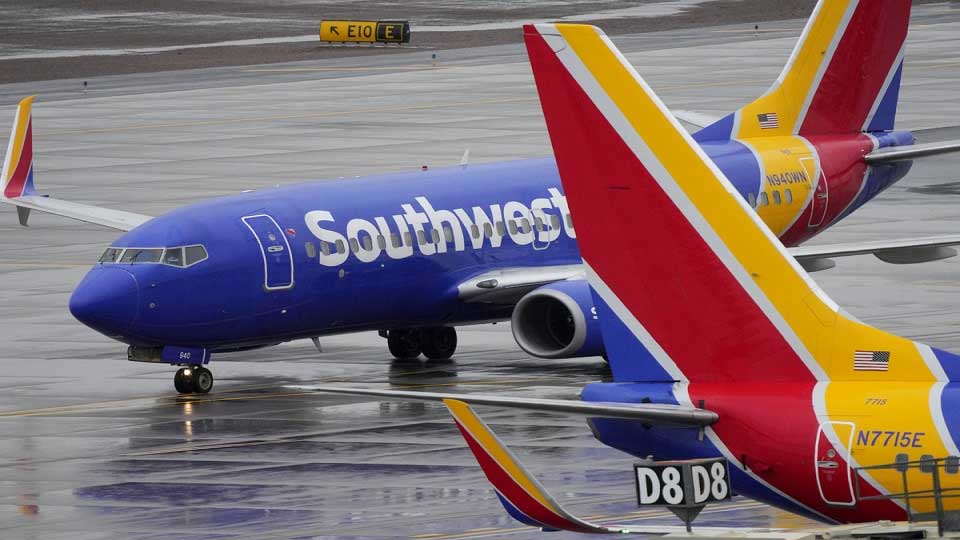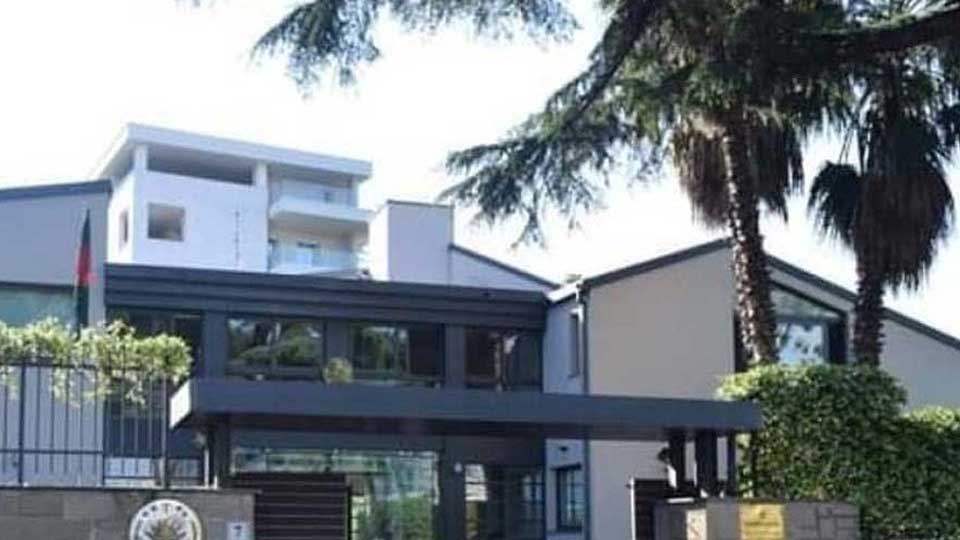Dhaka : Biman Bangladesh Airlines, the national flag carrier of Bangladesh had a very humble beginning. It was established on January 4, 1972 as Bangladesh's national airline under the Bangladesh Biman Ordinance (Presidential Order No 126). The initiative to launch the flag carrier was taken by 2,500 former employees, including ten Boeing 707 captains and seven other former pilots of Pakistan International Airlines, who submitted a proposal to the government on December 31, 1971 following the independence of Bangladesh. The airline was initially called Air Bangladesh but was soon changed to Biman.
Historical photo of then Captain Alamgir Sattar, Captain Khaleq, Air Hostess Mina Chowdhury, Flight Purser Suja Khandakar, and Captain Abdul Mukit in front of DC-3, the first plane of Biman in 1972
On January 16, 1972, just a month after liberation following devastated war, pilots Captain Alamgir Sattar Bir Protik and Captain Shahabuddin Ahmed Bir Uttom went to see Bangabandhu Sheikh Mujibur Rahman at his residence.
The two pilots went to the Father of The Nation, on a mission. They requested him to ask the Bangladesh Air Force to donate the DC-3 aircraft which BAF received as gift from the Maharaja of Jodhpur along with one Otter and one Allumette helicopter.
Captain Sattar and Shahab both flew that DC-3 during Operation Kilo Flight and were experienced on that aircraft. Bangabandhu agreed and the DC-3 was handed over to Biman.
Biman was still not ready to put the aircraft into service as the aircraft had only ten seats, as it meant for the personal use of the maharaja. It needed to be reconfigured for commercial passenger service. After some maintenance work, the capacity of the aircraft was increased to 16 passengers.
With this DC-3, the national flag carrier made its first flight on February 4, 1972 from Dhaka to Chattogram and then on to Sylhet, Jashore and Ishwardi.
But it was really sad that only six days after the first flight, the DC-3 crashed on take-off from Tejgaon Airport during a training flight, killing Captain Khaleq, Captain Nasir Haider, Cadet pilot Sharfuddin, Cadet Pilot Moazzem Hossain and Cadet Pilot Mostofa.
Following this accident Biman promptly procured two Fokker F-27s from Indian Airlines and resumed its operation.
Additional capacity was provided with the incorporation of a Douglas DC-6, loaned by the World Council of Churches, which was in turn replaced with another Douglas DC-6, a DC-6B model leased from Troll-Air, to operate the Dhaka-Calcutta route. On March 4, 1972, Biman started its international operations with a weekly flight to London using a Boeing 707 chartered from British Caledonian. The short haul fleet was supplemented by a Fokker F27 from India on March 3, 1972; the aircraft was employed on a daily scheduled flight between Calcutta and Dhaka on April 28, 1972. Three additional Fokker F27s were acquired during March and September of that year. In the first year of operation, Biman operated 1,079 flights carrying just over 380,000 passengers.
Four Fokker F27s joined the fleet in 1973, enabling Biman to double the frequency of the Kolkata flight to a twice daily service. A Boeing 707 was added to the fleet in September and the flight to London became twice-weekly, while a Chattogram-Kolkata flight also began operating. In 1974, operations were extended to Kathmandu (February), Bangkok (November) and Dubai (December). In 1976, Biman sold two of its Fokker F27s and bought another Boeing 707 to extend international services to Abu Dhabi, Karachi and Mumbai. Singapore was added to Biman's list of international destinations, when a third Boeing 707 was purchased in February 1977, followed by Jeddah, Doha and Amsterdam the following year, which also saw the purchase of its fourth Boeing 707. In 1977, Biman was converted into a public sector corporation to be governed by a board of directors appointed by the government. The airline broke even for the first time in 1977-78, and made a profit, the following year. International destinations expanded to include Kuala Lumpur, Athens, Muscat and Tripoli in 1979, followed by Yangon, Tokyo and Dhahran in 1980. Biman took delivery of its first 85-seater Fokker F28-4000 in 1981. In 1983, three Douglas DC-10s joined the fleet and the airline started to phase out the Boeing 707s. The flight network expanded further to include Baghdad (1983), Paris (1984) and Bahrain (1986). On August 5, 1984, Biman faced its worst accident ever, when a Fokker F27 flying in from Chattogram, crashed near Dhaka, killing all 49 on board. The long haul fleet was then supplemented by the purchase of two new Airbus A310s in 1996, followed by the addition of two more in 2000, from Singapore Airlines and Air Jamaica, and another in 2003.
Meanwhile, Biman procured two brand new advanced BAe ATPs in late 1990. These two turbo-prop aircraft were used for domestic and regional routes.
In its 50 years, Biman now boasts one of the youngest fleets in Asia with four Boeing 777-300ERs, six 787 Dreamliners, six 737-800s and three Dash-8 Q400s.












